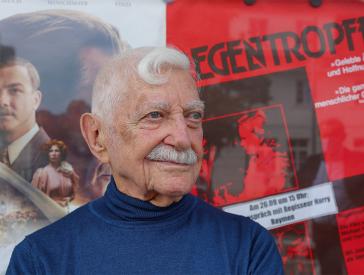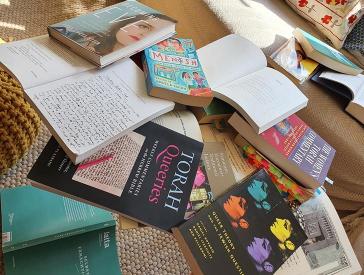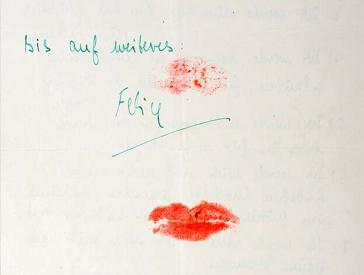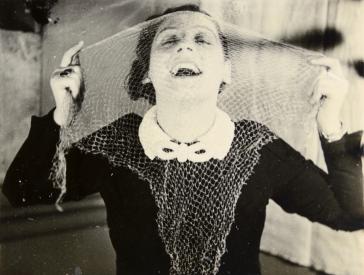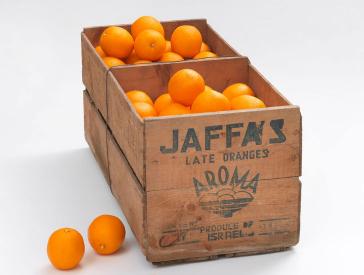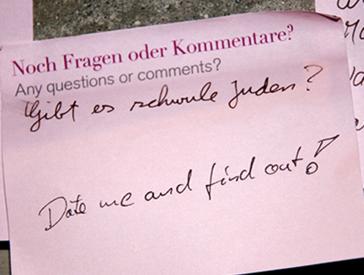LGBTQI+
LGBTQI+ is an abbreviation that brings together various sexual orientations, gender identities, and walks of life under one umbrella. These letters stand for lesbian, gay, bi(sexual), transgender, queer, and intersex. The “plus” at the end of the abbreviation – in German, an asterisk is often used – symbolizes that such lists can never be complete or a perfect fit. Upon closer inspection, it becomes clear that the abbreviation actually needs its own glossary.
LGBTQI+ in Judaism
Despite stereotypes, not all Orthodox Jewish communities are unaccepting of queer people. If we look at the United States, there is a rich subculture of queer traditionalists, Orthodox queer people, Modern Orthodox queer rights activists, and queer Orthodox congregations. Nevertheless, the rough rule of thumb is that Reform Judaism is more open-minded than Orthodox Judaism, and lesbianness is considered less of a violation of Jewish law than gayness.
Still, the Tanach (the Hebrew Bible) includes some of history’s most beautiful queer love stories, from Ruth and Naomi to Jonathan and David. Although these texts – including their declarations of love – are traditionally read as symbols of brotherhood and women’s mutual solidarity, in the practice of re-reading or queer reading, they are seen as examples of queer representation in Jewish Scripture.
Gender Diversity
In addition to “female” (nekeivah/נְקֵבָה) and “male” (zachar/זָכָר), the Talmud recognizes four additional gender classifications. These terms’ descriptions make reference to bodily sexual characteristics, but also habitus, perceptions, and self-definition.
The terms in question are ay’lonit (איילונית) and saris (סריס), which from a modern interpretation describe the lived reality of trans people, as well as androgynos (אַנְדְּרוֹגִינוֹ) and tumtum (טֻומְטוּם), both of which we would translate today as corresponding to intersex perspectives.
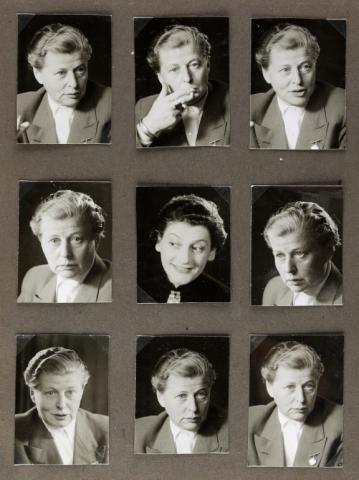
Photo series of eight portraits of Renate Noack and one portrait of her life partner Olga Irén Fröhlich , probably taken in Bremen between 1953 and 1960; Jüdisches Museum Berlin, gift of the Lastoria e.V. association of Bremen. Learn more about Olga Irén Fröhlich’s photo albums in a post on our website
 X
X
Photo series of eight portraits of Renate Noack and one portrait of her life partner Olga Irén Fröhlich , probably taken in Bremen between 1953 and 1960; Jüdisches Museum Berlin, gift of the Lastoria e.V. association of Bremen. Learn more about Olga Irén Fröhlich’s photo albums in a post on our website
Although the spectrum remains very binary, it is important and noteworthy that the existence of these categories inescapably recognizes trans and intersex people’s right to exist. Judaism recognizes that gender is mutable and changeable and gives it space outside the strictures of cis-masculinity and cis-femininity.



